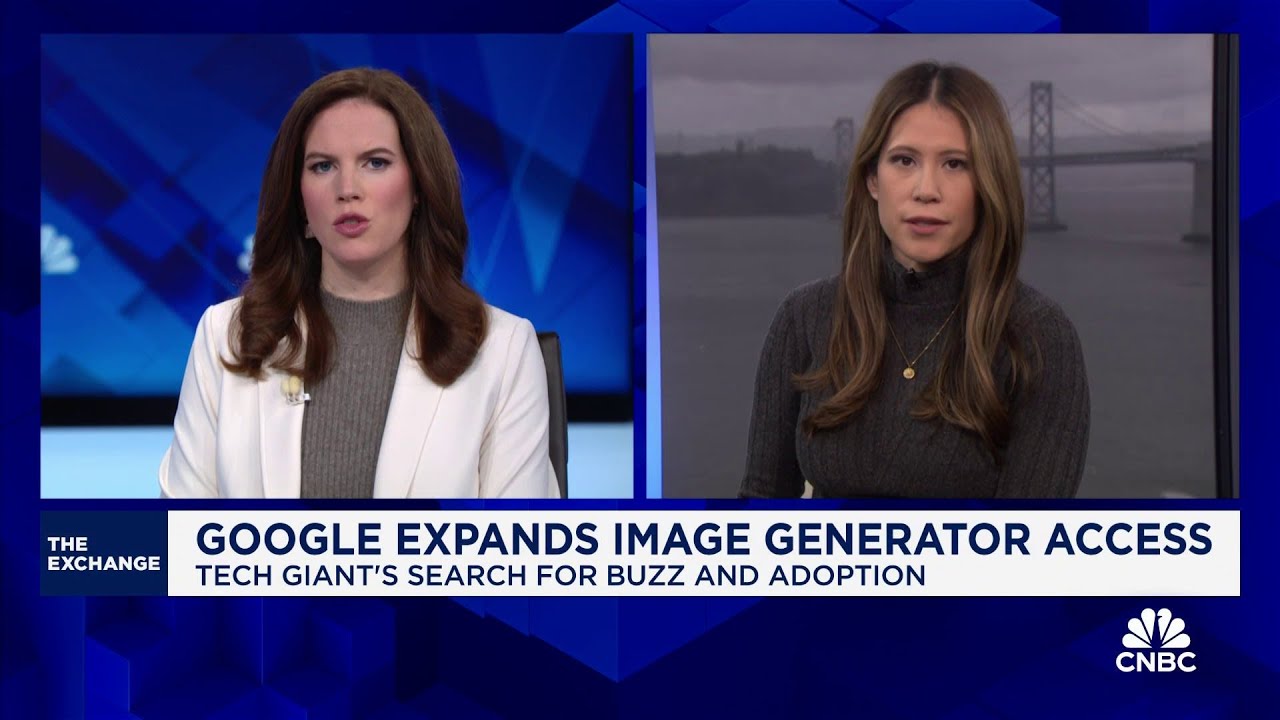In a recent Techcheck segment, Deirdre Bosa highlighted Google’s expansion of access to its Gemini 2.0 image generation tool, which has gained popularity for its ability to create realistic images and has led to viral user-generated content. However, she noted that many of these innovative features remain difficult for average users to access, as they are often hidden within complex menus, posing a challenge for Google in maximizing user engagement with its AI offerings.
In a recent segment on Techcheck, Deirdre Bosa discussed Google’s latest advancements in AI, particularly focusing on the buzz surrounding its image generation tools. Over the weekend, Google expanded access to its Gemini 2.0 flash thinking experimental model, which has garnered significant attention on social media. This wider release aims to enhance user adoption and engagement with Google’s AI offerings, especially as the competition in the AI space intensifies.
The Gemini 2.0 tool has led to several viral moments, showcasing its capabilities in generating realistic images. Users have shared creative examples, such as one individual who added a lifelike girlfriend to a dinner photo and another who transformed a selfie taken at home into one that appeared to be taken on the subway. These instances highlight the tool’s potential for fun and practical applications, contributing to its popularity among users.
Bosa also shared her own experience testing the image generation tool, demonstrating its effectiveness in creating realistic images. She showcased a before-and-after photo of herself holding a puppy, emphasizing the improvements in context awareness and lighting consistency. These enhancements make the tool more user-friendly, allowing individuals to achieve impressive results without needing extensive editing skills.
Despite these advancements, Bosa pointed out a significant drawback: the features of Google’s AI tools are often difficult for the average user to access. Many of the innovative capabilities are buried within complex menus or experimental labs, rather than being seamlessly integrated into widely used applications. This issue has been a persistent complaint regarding Google’s AI offerings, which, despite their breakthroughs, can feel inaccessible to everyday users.
In conclusion, while Google’s Gemini 2.0 image generation tool represents a notable step forward in AI technology, the company faces challenges in ensuring that these features are easily accessible and integrated into its existing products. As Google continues to chase buzz and adoption in the AI race, addressing these usability concerns will be crucial for maximizing user engagement and satisfaction.
